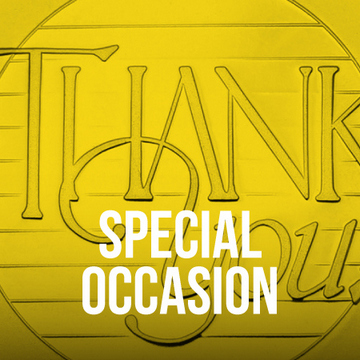
With the inception of the dime denomination came several years before the coins would actually be produced for circulation. While we have covered the Draped Bust dime with both reverses, it still took a while for the denomination to really have an impact among United States coinage. With counterfeiting issues mixed with weak striking details in production, the demise of the Draped Bust design would ultimately lead to a new design introduced in 1809.
Capped Bust (1809-1837)
Design-wise, the Capped bust ten-cent piece featured just 24 details making the prior issues of the design before it null. Striking lower details (the Draped Bust was said to have between 34-37) made labor and production easier and more efficient. This also made it harder for counterfeiting to take place. All of these negatives made the Draped Bust design strike lower mintages. With the new design, mintages increased as the years went on. The Capped Bust design was also admitted to the perfect storm as the early years of the 19th century featured expansion in terms of land and in western settlement and immigrants.
In March of 1807, designer John Reich was hired at the United States Mint as second engraver. Born in Bavaria, Reich arrived in the United States with an already established skillset in die cutting although he would become a contracted laborer while settling in to Philadelphia around 1800. He tried to get hired by the Mint in 1801 but was not able to gain a permanent role. With help from Mint Direct Robert Patterson’s predecessor, Elias Boudinot, Reich was eventually hired as second engraver to Robert Scot for $600 a year. Hired on April 1st of 1807, Reich was cutting dies for the Capped Bust coins by April 2nd. Before the dime would be cut, the half dollar, half eagle, cent, and quarter eagle dies would be first priority.
The obverse of the first year issue Capped Bust dime (1809) featured Reich’s version of Liberty surrounded by 13 stars and the date at the very bottom beneath her. The reverse featured an American eagle with its head facing left. The eagle holds three arrows symbolizing strength and an olive branch symbolizing peace. The Union Shied is seen on its breast with both horizontal and vertical lines used to showcase colors in black and white. “E PLURIBUS UNUM” can be seen inscribed just above the eagle’s head on a scroll while “UNITED STATES OF AMERICA” is seen following the top arc of the coin. Beneath the depiction of the eagle is the denomination, 10 C.
While produced between the years 1809-1837, dimes were not struck every year. Years for the Variety 1, Wide Border (Large Diameter) (struck without a restraining collar making the rim look wider) included 1809, 1811, 1814, 1820-1825, 1827, and 1828. Years 1820, 1821, and 1827 featured large quantities struck of the Capped Bust dime with over 3.3 million produced. This was an incredible amount given that just over five million in total were produced for the Large Diameter series. Of course, there are a number of Capped Bust varieties within the Large Diameter Series that are identified within the dates, spacing and alignment of the stars and the size of the denomination featured at the bottom.
The Variety 2, Small Diameter Capped Bust dime was produced from 1828-1837. The date was made smaller in addition to the diameter of the coin being cut from 18.8 millimeters to 18.5. There are also discernible small radial beads inside the raised border of this variety versus the flat and spaced out denticles seen in earlier production of the coins. Approximately 6.7 million dimes were produced from 1828-1837 when the design retired and was replaced by Christan Gobrecht’s Liberty Seated Dime.
Source: NGCCoin.com; The Official 2022 Red Book







